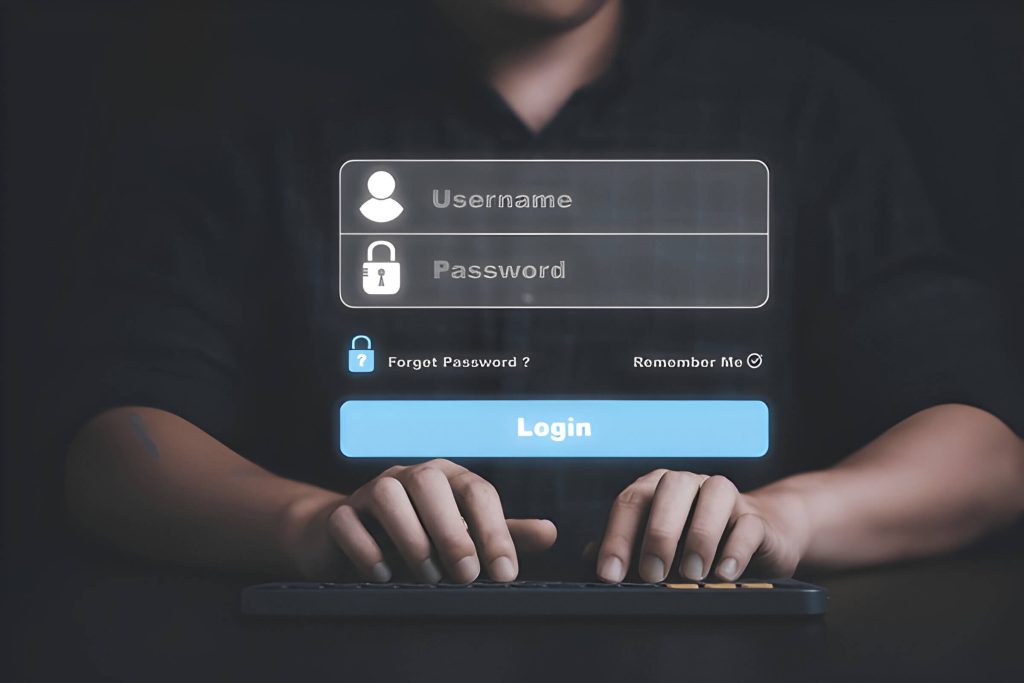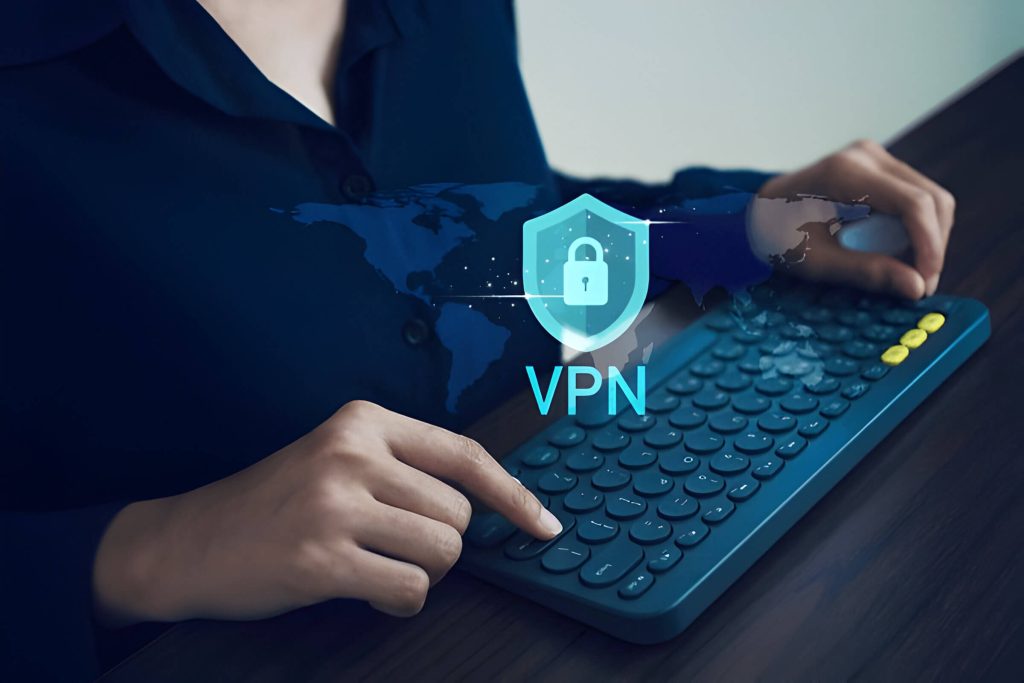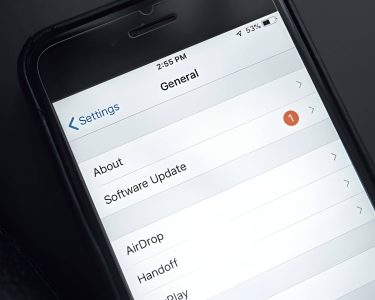Cyberattacks can have devastating consequences, from identity theft to financial loss, making strong security measures essential for every household. So, how can you protect your home computer? This article presents ten essential steps to protect your personal information and digital assets, empowering you to create a safer online environment for yourself and your family. By understanding and implementing these strategies, you can significantly reduce your vulnerability to cyber threats.
Step 1. Install and Update Antivirus Software
Installing and updating antivirus software is a crucial first step in protecting your home computer from various digital threats. Antivirus programs act as a shield against malware, viruses, and other malicious software that can compromise your system’s security and performance.
When choosing an antivirus solution, look for one that offers comprehensive malware protection and real-time scanning capabilities. These features allow the software to continuously monitor your system for potential threats, intercepting and neutralizing them before they can cause harm.
Many reputable antivirus programs are available, both free and paid. While free versions offer basic protection, paid versions often include additional features such as advanced virus scanning, firewall protection, and secure browsing tools.
Once installed, it’s essential to keep your antivirus software up-to-date. Enable automatic updates to ensure your system always has the latest virus definitions and security patches. This helps your antivirus program stay ahead of emerging threats and provides optimal protection for your home computer.
Remember, antivirus software is just one component of a comprehensive cybersecurity strategy, but it’s an indispensable tool in safeguarding your digital life.
Step 2. Enable and Configure Your Firewall
A firewall is a crucial component in protecting your home computer from potential threats. To maximize your network protection, follow these steps to enable and configure your firewall:
- Ensure your firewall is active: Most operating systems come with built-in firewalls. Verify that yours is turned on in your system settings.
- Customize incoming traffic control: Configure your firewall to block unsolicited incoming connections while allowing necessary traffic for your applications and services.
- Set up outgoing data monitoring: Enable features that alert you when applications attempt to send data out, helping you identify potential security risks.
- Create rules for specific applications: Establish custom rules for programs that require network access, balancing security with functionality.
- Regularly update firewall settings: Keep your firewall software up-to-date to protect against the latest threats and vulnerabilities.
- Use advanced features: Explore additional options like intrusion detection and prevention systems for enhanced security.
By properly configuring your firewall, you significantly bolster your home computer’s defenses against unauthorized access and potential cyber threats.
Step 3. Keep Your Operating System and Software Up-to-Date
Keeping your operating system and software up-to-date is a crucial step in maintaining your computer’s security. Software updates often include important security patches that address newly discovered vulnerabilities. These patches are designed to protect your system from potential threats and exploits.
To ensure your computer remains secure, enable automatic updates for your operating system. This feature will download and install important security fixes as soon as they become available. For Windows users, this can be done through the Windows Update settings, while Mac users can find this option in System Preferences under Software Update.
Don’t forget about your other software applications, particularly web browsers, antivirus programs, and productivity tools. Many of these programs offer automatic update options as well. Regularly check for updates in applications that don’t have this feature.
By staying current with software updates, you significantly reduce the risk of falling victim to cyber attacks that target known vulnerabilities. Remember, cybercriminals often exploit outdated software as an easy entry point into your system. Make it a habit to keep your digital defenses strong by consistently updating your operating system and software.
Step 4. Use Strong and Unique Passwords

Creating strong and unique passwords is a crucial step in protecting your online accounts. A robust password should be at least 12 characters long and include a mix of uppercase and lowercase letters, numbers, and special symbols. Avoid using easily guessable information such as birthdays, names, or common words.
To enhance your password security, consider implementing two-factor authentication (2FA) whenever possible. This adds an extra layer of protection by requiring a second form of verification, such as a fingerprint or a code sent to your phone, in addition to your password.
Managing multiple complex passwords can be challenging, which is where password managers come in handy. These tools securely store all your passwords in an encrypted vault, allowing you to use unique, strong passwords for each account without having to memorize them. Popular password managers include LastPass, Dashlane, and 1Password.
Remember to change your passwords regularly, especially for critical accounts like email and banking. By following these password management best practices, you significantly reduce the risk of unauthorized access to your personal information and online accounts.
Step 5. Be Cautious with Email and Attachments
Email remains a primary vector for cyber attacks, making it crucial to exercise caution when handling incoming messages and attachments. Phishing scams, in particular, pose a significant threat to personal and organizational security. To protect yourself, implement robust spam filtering solutions that can identify and quarantine suspicious emails before they reach your inbox.
When dealing with emails, be wary of unexpected attachments or links, even if they appear to come from known contacts. Cybercriminals often employ sophisticated tactics to mimic legitimate sources. Before opening any attachment, verify its authenticity with the sender through a separate communication channel.
Pay close attention to email addresses, as scammers may use slight variations of legitimate domains to deceive recipients. Additionally, be skeptical of urgent requests for sensitive information or financial transactions via email. Legitimate organizations rarely ask for such details through unsecured channels.
By maintaining a vigilant approach to email security and educating yourself about common phishing techniques, you can significantly reduce the risk of falling victim to email-based cyber attacks.
Step 6. Secure Your Wi-Fi Network
Securing your Wi-Fi network is a crucial step in protecting your online privacy and preventing unauthorized access to your personal information. Start by accessing your router’s settings through its web interface or mobile app. Once there, implement the following measures:
- Enable WPA3 encryption: This is the latest and most secure wireless encryption protocol. If your router doesn’t support WPA3, opt for WPA2 as a minimum standard.
- Create a strong password: Use a unique combination of uppercase and lowercase letters, numbers, and special characters. Avoid easily guessable information like birthdates or common phrases.
- Change the default network name (SSID): Choose a name that doesn’t reveal personal information or your router’s make and model.
- Enable the guest network feature: This creates a separate network for visitors, keeping your main network and connected devices more secure.
- Disable WPS (Wi-Fi Protected Setup): While convenient, this feature can be exploited by hackers to gain access to your network.
- Keep your router’s firmware updated: Regular updates patch security vulnerabilities and improve overall performance.
By implementing these wireless security measures, you’ll significantly reduce the risk of unauthorized access to your home network and protect your digital life from potential threats.
Step 7. Regularly Back Up Your Data
Implementing a robust data backup strategy is crucial for protecting your valuable information from loss or corruption. There are several methods to ensure your data remains safe and accessible:
Cloud storage: Utilize services like Google Drive, Dropbox, or iCloud to automatically sync your files to secure remote servers. This method provides easy access from multiple devices and protects against local hardware failures.
External hard drives: Invest in reliable external storage devices to create physical backups of your data. These offer large storage capacities and can be kept in a separate location for added security.
Network-attached storage (NAS): For businesses or individuals with extensive data needs, a NAS device provides centralized storage accessible to multiple users on a local network.
Backup frequency is key to minimizing potential data loss. Consider the following schedule:
– Daily backups for frequently changed or critical files
– Weekly backups for less crucial data
– Monthly full system backups
Remember to test your backups periodically to ensure they’re functioning correctly and your data can be successfully restored when needed. By maintaining regular backups, you’ll have peace of mind knowing your important information is protected against unforeseen events.
Step 8. Use a Virtual Private Network (VPN)

A Virtual Private Network (VPN) is an essential tool for enhancing your online security and privacy. VPN services create encrypted connections between your device and the internet, effectively shielding your online activities from prying eyes. This added layer of protection is particularly crucial when using public Wi-Fi networks, which are often unsecured and vulnerable to cyber attacks.
By routing your internet traffic through a VPN server, you can mask your IP address and location, making it significantly more difficult for third parties to track your online movements. This increased anonymity can protect you from targeted advertising, data collection, and potential cyber threats.
Many reputable VPN providers offer user-friendly applications for various devices and operating systems. When choosing a VPN service, consider factors such as server locations, connection speeds, and the provider’s logging policies. Some VPNs even offer additional features like malware protection and ad-blocking capabilities.
Incorporating a VPN into your online routine is a simple yet effective step towards safeguarding your digital presence and ensuring a more secure browsing experience.
Step 9. Educate Yourself and Family Members about Cybersecurity
Developing cybersecurity awareness is crucial in today’s digital landscape. By educating yourself and your family members about online safety, you can significantly reduce the risk of falling victim to cyber threats. Start by promoting digital literacy within your household, focusing on safe browsing habits and the importance of protecting personal information.
Encourage family members to attend cybersecurity workshops or complete online courses to enhance their knowledge. Discuss common threats like phishing, malware, and social engineering, explaining how to identify and avoid them. Teach children about age-appropriate online safety measures, including the risks of oversharing on social media and interacting with strangers online.
Regularly share updates on emerging cyber threats and best practices for staying safe online. Create a family cybersecurity plan that outlines guidelines for device usage, password management, and data backup. By fostering a culture of cybersecurity awareness at home, you’ll empower your family to navigate the digital world more safely and confidently.
Step 10. Implement Parental Controls and Monitor Device Usage
Implementing parental controls and monitoring device usage are crucial steps in ensuring your child’s online safety. Content filtering tools can help block inappropriate websites and apps, protecting your child from exposure to harmful content. Many devices and operating systems offer built-in parental control features, allowing you to set up age-appropriate restrictions.
Screen time management is another important aspect of online safety. Set clear limits on device usage and encourage a healthy balance between online and offline activities. Use apps or device settings to schedule “digital breaks” and enforce bedtime restrictions.
Device monitoring tools can provide insights into your child’s online activities, allowing you to identify potential risks or concerns. However, it’s essential to maintain open communication with your child about these measures to build trust and understanding.
Remember that parental controls and monitoring should be used in conjunction with ongoing conversations about online safety, responsible digital citizenship, and critical thinking skills. Regularly review and adjust these settings as your child grows and their needs change.






